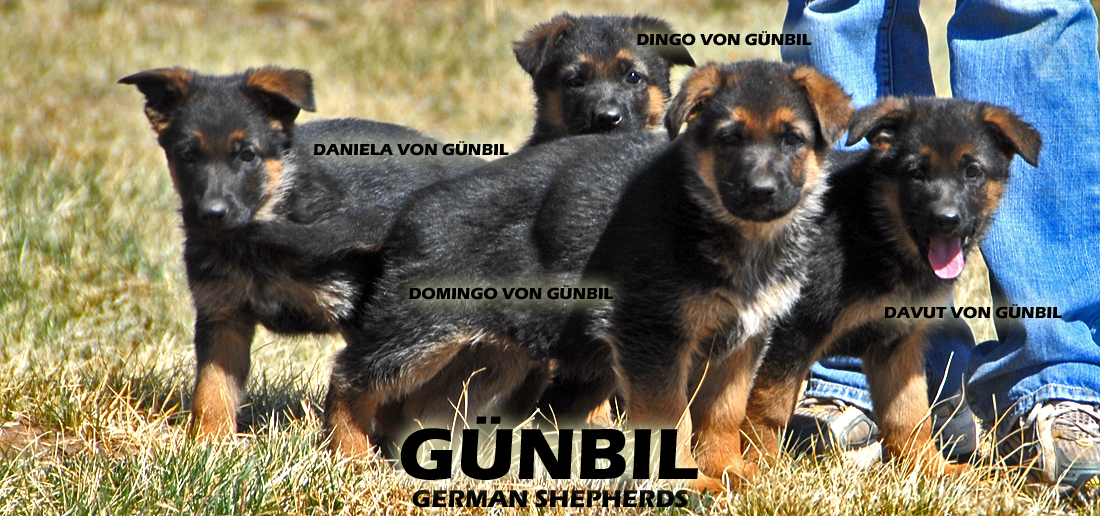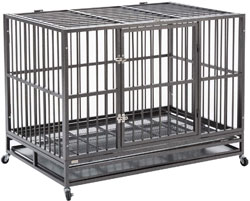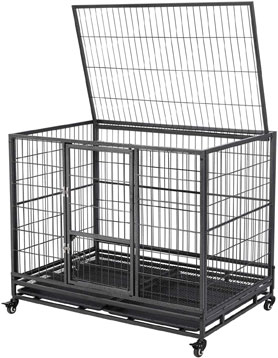
encouraging positive crate experience for your dog

Positive crate experience for your dog: Most dogs quickly choose a small area, such as a corner of a room, in a dog bed, or on or under a couch, where they go to relax. The key to making the crate the dog’s favorite retreat and sleeping area, is to associate the crate with as many positive and relaxing experiences and stimuli as possible (food, treats, chew toys, bedding) and to place the dog in its cage only at scheduled rest and sleep periods. You must therefore be aware of the dog’s schedule, including it needs for exploration, play, food, and elimination, so that the dog is only placed in its cage, when each of these needs is fulfilled. You must then return to the dog to release it from its cage before the next exercise, feeding or elimination period is due.
A radio or television playing in the background may help to calm the dog when it is alone in its cage, especially during the daytime. These may also help to mask environmental noises that can stimulate the dog to vocalize.
When the pup is in his crate, remove all collars. Some dogs have choked to death when their collars snagged on the wire door/windows.
- The puppy should not be left in the crate for long periods of time. A basic formula is used to determine an average time limit for the length of crate time: 1 hour for every month in age, plus 1 hour. For example, an 8 week old pup should not stay in the crate for over 3 hours. The only exception is when the pup goes to sleep for the night. Most pups will be OK for about 4-6 hours in the beginning.

Crate ObjectiveThe focus is to teach your dog to want to be in their crate. Food or puppy treats are great incentives!
You can start by feeding your pup in the crate and feeding it often to make the experience a pleasant one. Putting the food in the crate (a particularly tempting meal would be best, shutting the door (crate door) and then leaving the pup outside the crate is a great way to get your puppy to want to be in the crate.
When they are pleading to get in, let them in! Shutting the pup in the crate and feeding them through the door is another great way to get them used to being in their crate with the door shut.
Let them out after a few minutes and ignore them. Now you are teaching the puppy being in the crate is almost better than being out! You can provide a special "puppy toy" when they are in the crate. This toy is to be used only if the puppy goes into the crate for encouraging the puppy to enjoy being in his crate.
What type of crate confinement area is best:
- A metal, collapsible crate with a tray floor works very well, as long as the crate is large enough (adult size for adults and puppy size for puppies) for the dog to stand, turn, and stretch out.
- Some dogs feel more secure if a blanket is draped over the crate. A plastic traveling crate or a homemade crate can also be used.
- Playpens or barricades may also be successful as long as they are indestructible and escape proof.
Where should the crate be located:
- Dogs are social animals, an ideal location for the crate is in a family room, kitchen, den, or bedroom. A place where the family spends time.
- PLEASE do not place your puppy in a isolated laundry, furnace room or the basement.
- Keep the crate out of direct sunlight and away from drafts. Place it in a cool area near with "human activity".
- Make sure you can hear the pup while he is in the crate. If the room is warm, it is even warmer in the crate. Dogs do not sweat as humans do, the only way they can regulate body temperature is thru panting. If you see your puppy/dog panting in the crate, the puppy/dog is hot and can "over heat" .
- Keep the A/C on during the summer and use a fan occasionally to circulate the air in the room where the crate is kept at night.
- In the evening the crate should be in a bedroom so there is still some social contact between you and your puppy, you should be able to hear your pup when he asks to be let out.
- All About German Shepherd Puppies
- Pet Disease and Allergies
- Hips and Elbows
- German Shepherd Dog Anatomy
- What is Schutzhund
- German Shepherd Behavior
- Quick Tips On German Shepherds
- Our Show Dogs










